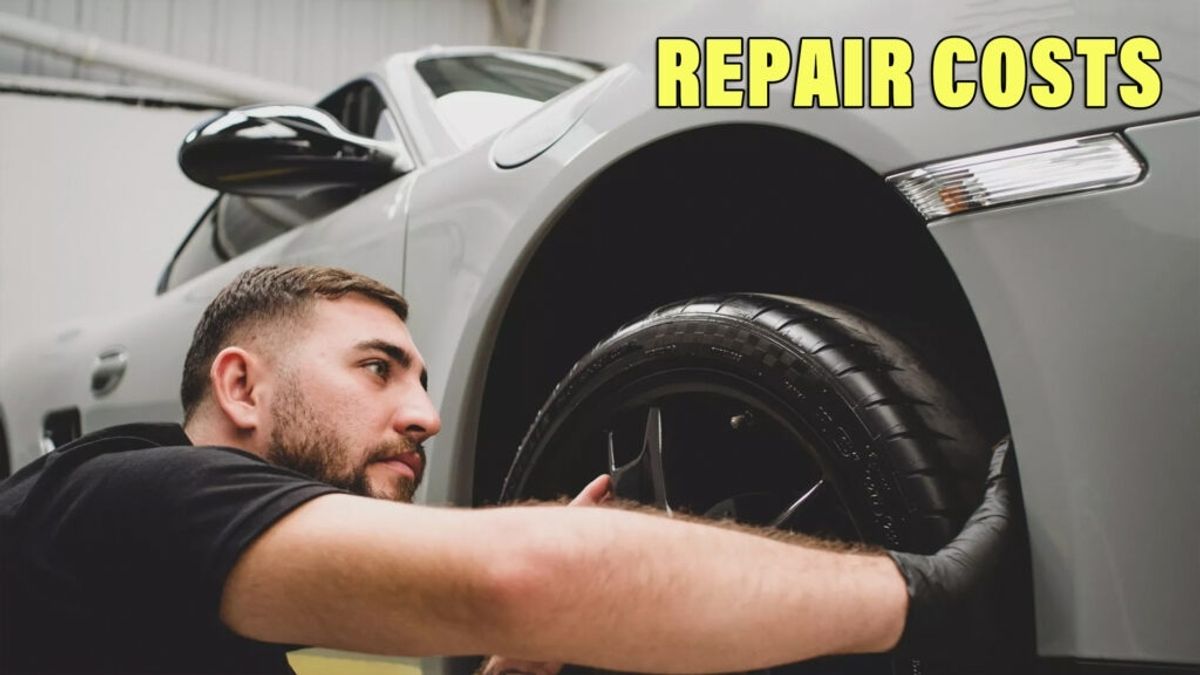
Car owners across the nation are reeling from the sticker shock of escalating repair bills, a financial strain that has grown significantly in recent years. Pandemic-related disruptions, technological advancements, and a tightening labor market are among the key drivers pushing the cost of vehicle maintenance and repairs to new heights, leaving consumers and industry experts searching for answers and solutions.
Why Repair Costs Are Surging
Several factors are contributing to the steep increase in car repair expenses. For starters, modern vehicles are heavier, more complex, and packed with advanced technology compared to their predecessors. This complexity, while offering benefits in performance and safety, means repairs are more intricate and expensive. Additionally, the COVID-19 pandemic has exacerbated supply chain issues, leading to a surge in the cost of parts. Materials such as aluminum, used for its lightweight and fuel efficiency benefits, pose further challenges due to their higher cost and specialized repair requirements.
The Impact of Technology and Labor Shortages
The rapid advancement of automotive technology has transformed vehicles into “rolling networks of computers,” significantly raising the stakes (and costs) when it comes to repairs. The inclusion of features like turbochargers, all-wheel drive systems, and an array of sensors and computer systems has increased the potential for expensive breakdowns. Concurrently, the auto repair industry is facing a critical shortage of skilled technicians, a situation worsened by the pandemic as reduced driving led to decreased demand for repairs, prompting many mechanics to leave the field. This shortage has driven labor rates higher, further inflating repair bills for consumers.
Looking Ahead: Costs and Consequences
As repair costs continue to outpace general inflation, stakeholders within the automotive industry are grappling with the implications. There’s a growing consensus that the current rate of increase is unsustainable, prompting discussions about potential solutions to mitigate these rising expenses. Despite the challenges, the push towards more sustainable and technologically advanced vehicles is unlikely to reverse, suggesting that the industry must adapt to manage these escalating costs effectively. Whether through advancements in repair technology, training a new generation of technicians, or reevaluating the supply chain, the road ahead will require innovation and collaboration to ensure that car ownership remains accessible and affordable.
